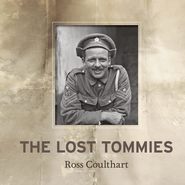
Полная версия:
The Lost Tommies
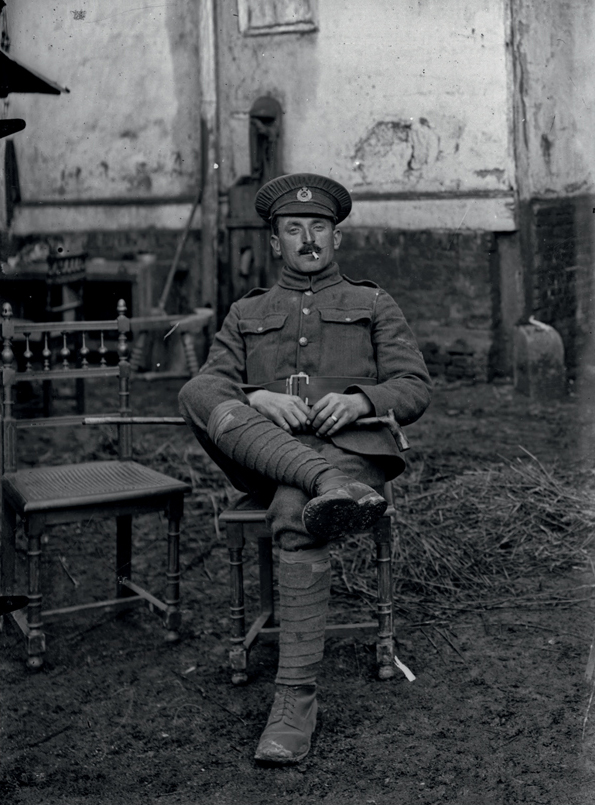
PLATE 71 A lance corporal in the Royal Engineers photographed in the Thuilliers’ farmyard. Probably taken in the first half of 1916
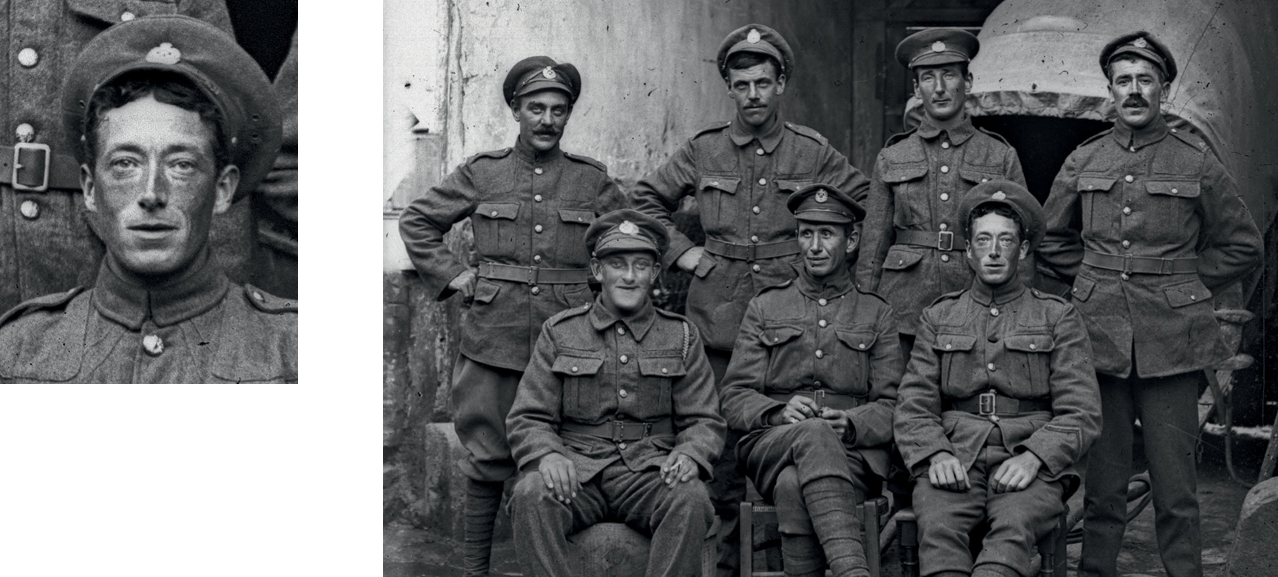
PLATES 72-73 The haggard faces of these Royal Engineers, especially the man seated on the right (and shown in close-up above), suggest these men have not been long away from the front lines.
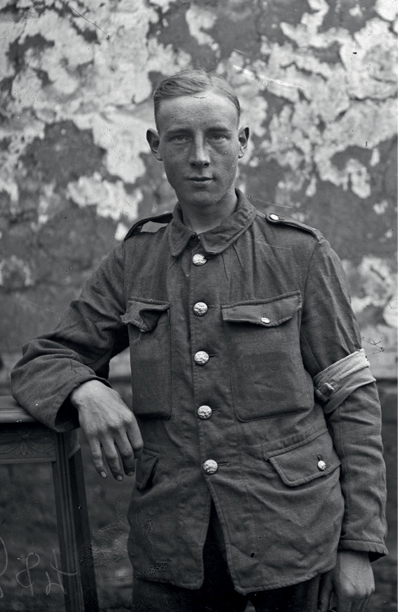
PLATE 74 A young soldier from the Royal Engineers Signal Service.
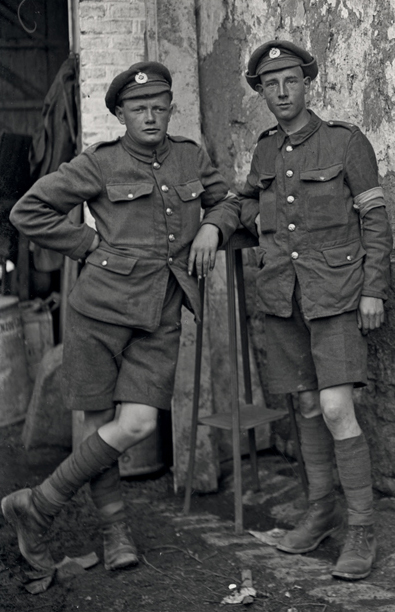
PLATE 75 Another image featuring the young man from Plate 74 wearing a Royal Engineers cap badge and posing with a friend. Both men wear shorts and the lad on the right is wearing the winter service dress ‘Gorblimey’ cap with its distinctive flaps issued in early 1915. This picture is probably from the warmer months in 1916, the year after the Royal Engineers first arrived in Vignacourt and before the beginning of the Battle of the Somme in July.
The Thuillier images also trace the movement of French troops through the Picardy town, many of them dressed in colourful, antiquated nineteenth-century-style uniforms; there are even cavalrymen posing with their lances, relics of an earlier type of warfare. The British and the French both deployed lancers in early First World War battles but they were woefully ineffective against the machine gun and modern artillery.
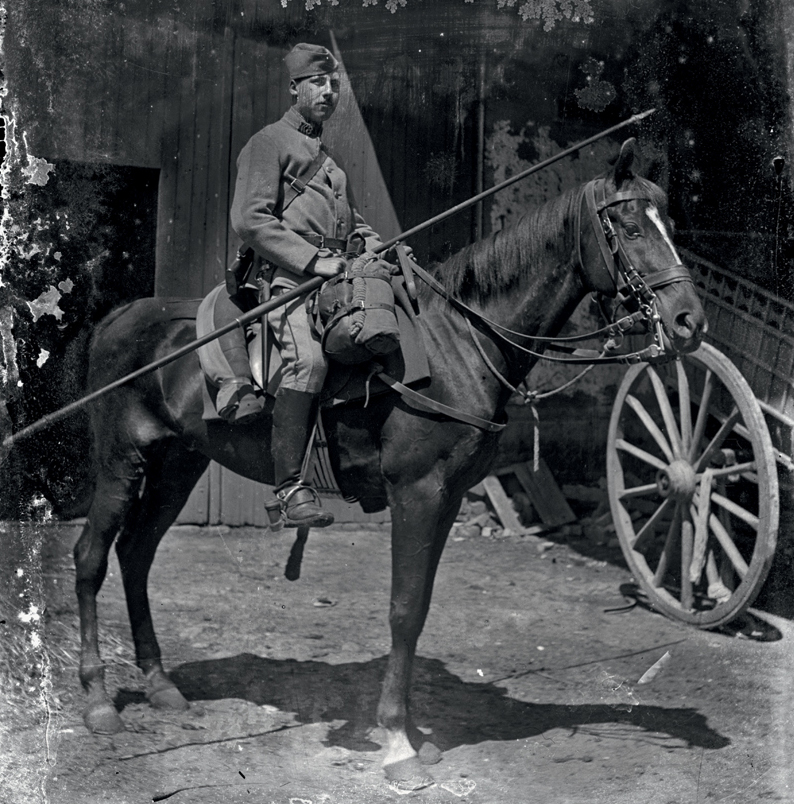
PLATE 76 A French cavalryman holds the 2.97-metre steel lance used by dragoon and cavalry regiments during the war. The lance was soon abandoned after the war’s disastrous early battles using such antiquated weapons.
It is sobering to think of the hell these French troops went into, their quaint and colourful nineteenth-century-era uniforms absurdly impractical for the industrial warfare they were to face. Just like the Germans on the other side, everyone thought the war would be over soon. On the Somme alone, within just a few months, from 1 July to 18 November 1916, when the Battle of the Somme was finally called off, there would be 195,000 French casualties (and 425,000 British).
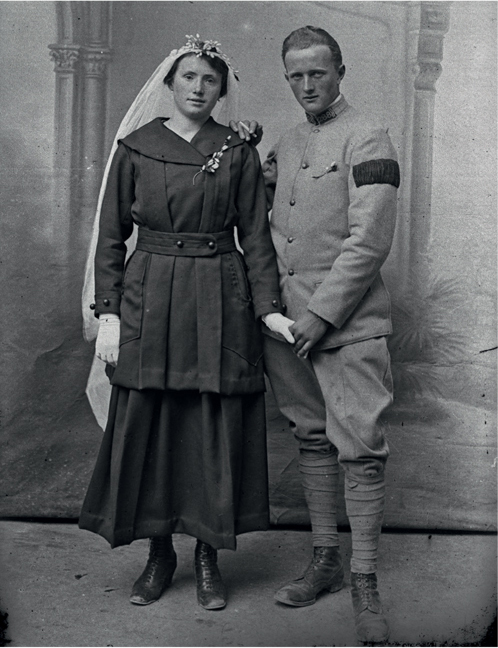
PLATE 77 A rushed wedding before the new husband heads off to defend his homeland? A French soldier with his bride.
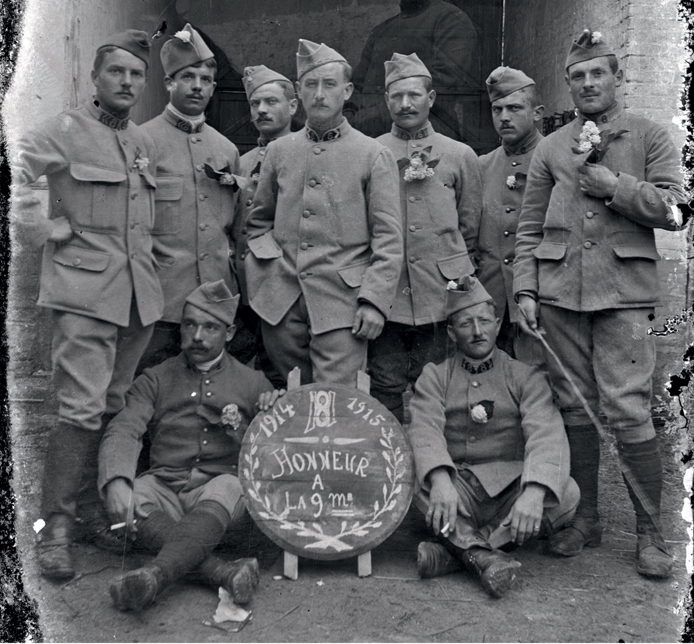
PLATE 78 ‘Honour to 9 May’: almost certainly a reference by these French soldiers to the disastrous Second Battle of Artois a year earlier (9 May–18 June 1915), which resulted in 102,500 French and 27,809 British casualties but failed to break through the German lines. The shadow of another negative – featuring a ghostly image of a soldier on horseback – has adhered to this plate from when they were stacked in the Thuillier attic.
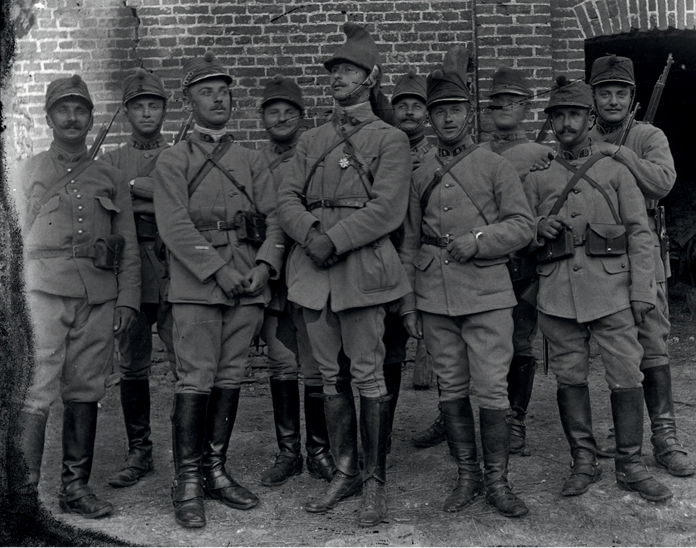
PLATE 79 Proud French colonial troops, cavalrymen of the 8th Regiment of Hussars, strike a pose – summer 1915.
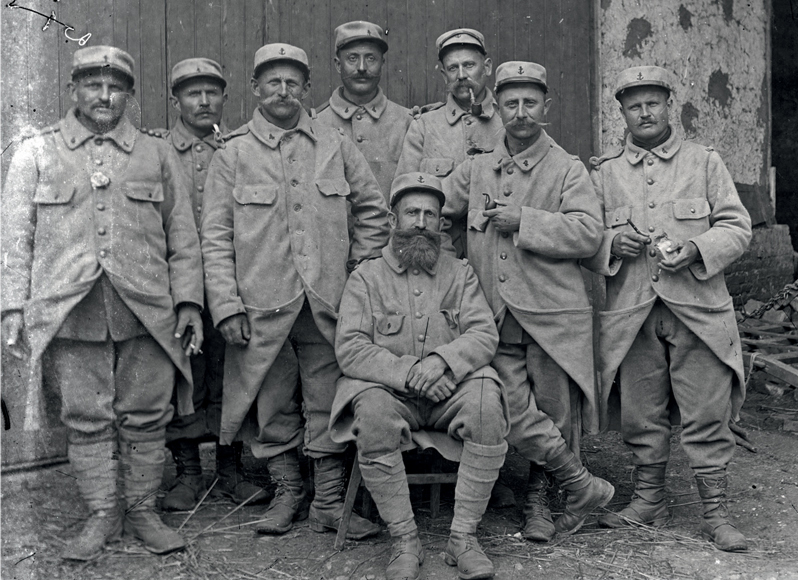
PLATE 80 The French soon abandoned such nineteenth-century uniforms because their bright colours made them easy targets for German gunners.
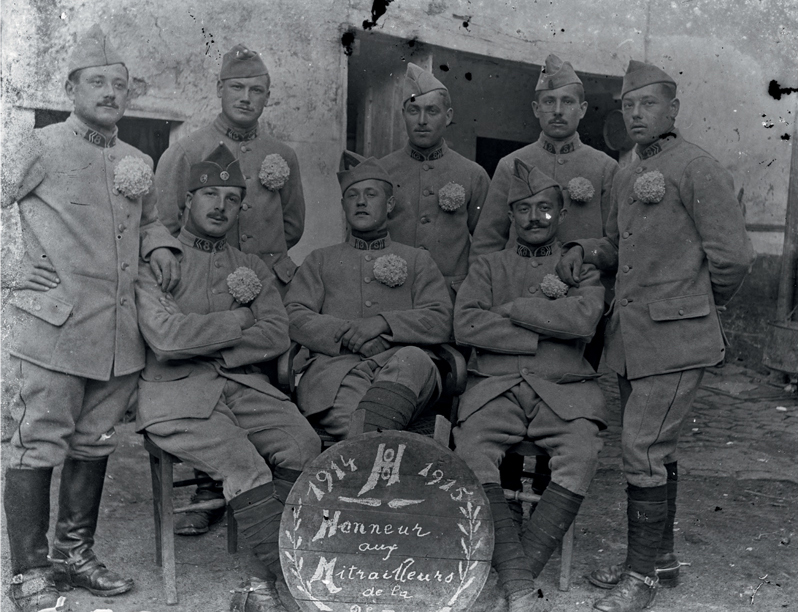
PLATE 81 French soldiers pose with a dedication to the mitrailleurs – the machine-gunners – probably honouring their comrades who fell in the battles of 1915.
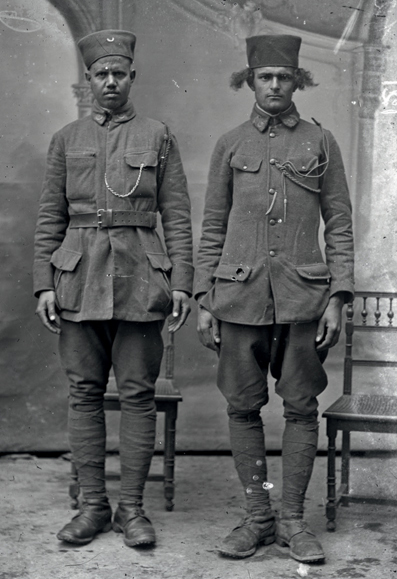
PLATE 82 Moroccan tirailleurs. The soldier on the right sports the typical Berber haircut of the day.
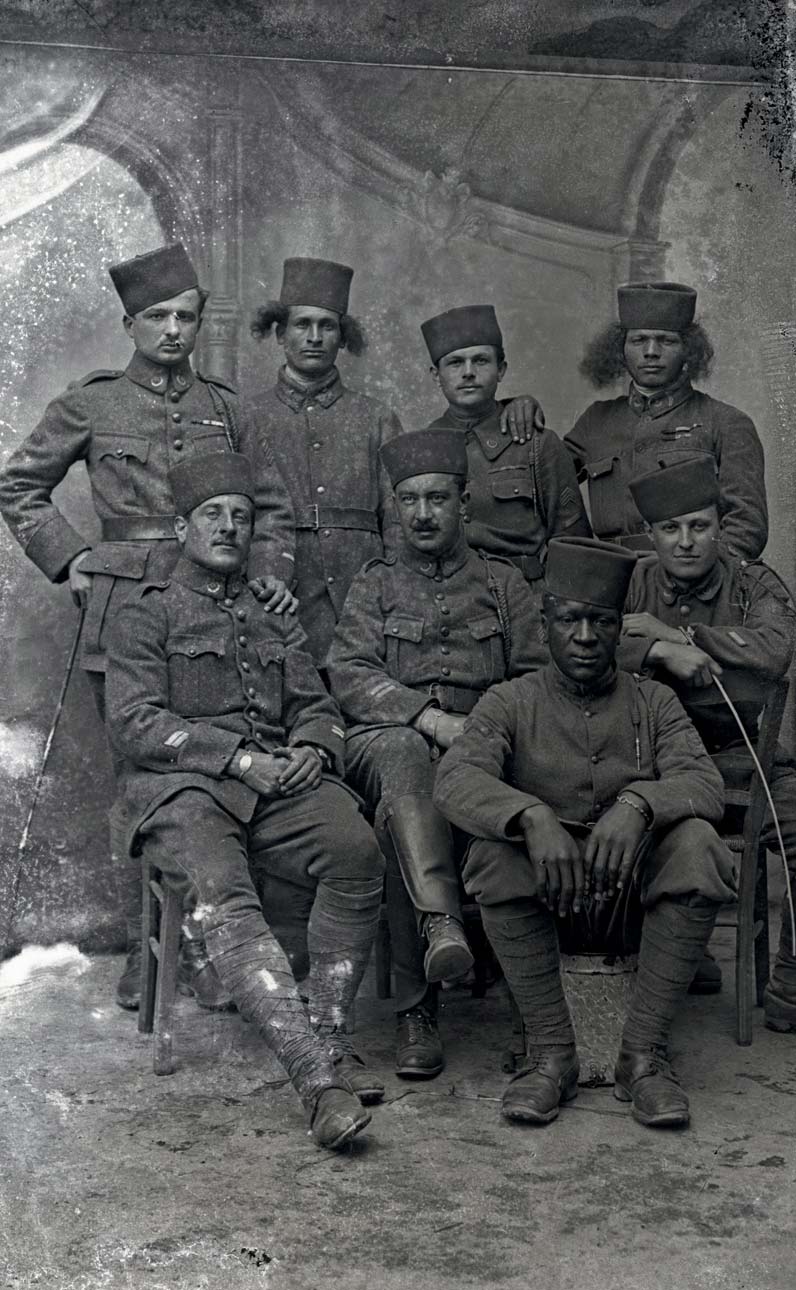
PLATE 83 Moroccan light infantrymen – or tirailleurs – in Vignacourt. North African tirailleurs served with distinction on the Western Front and at Gallipoli. They were assigned their own regiment in 1914 and suffered heavy losses.
In late 1915 Vignacourt came under the military control of the British Expeditionary Forces (BEF), and the Thuillier images reflect that change, thousands of the plates showing British Tommies and kilt-wearing Scots.
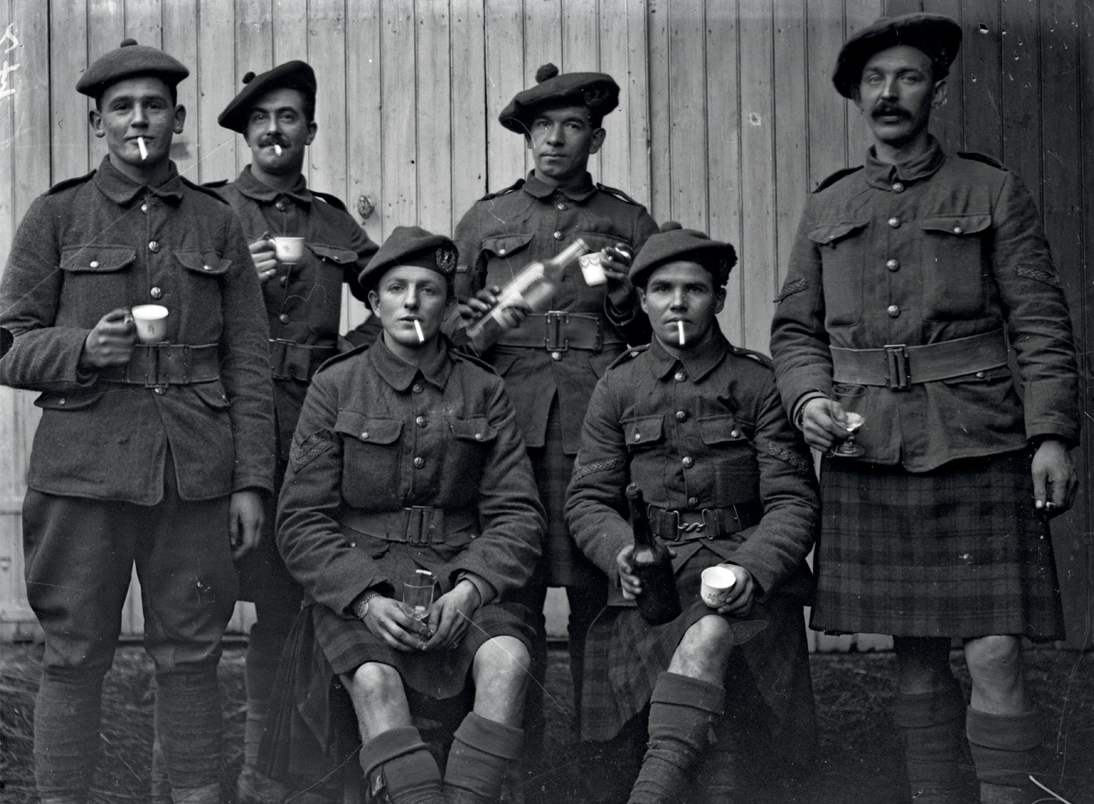
PLATE 84 A Thuillier image of some hard-looking Scots soldiers in kilts, most probably Gordon Highlanders.
Louis Thuillier also roamed the streets and the nearby army camps in search of subjects to photograph.
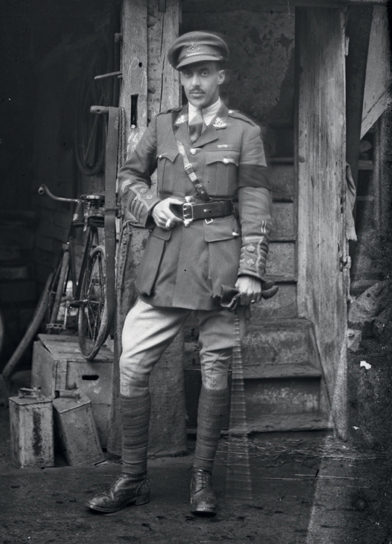
PLATE 85 A dapper lieutenant colonel with the South Staffordshire Regiment in front of the stairs that today still lead up to the Thuillier attic where the photographic plates were discovered. He is a decorated officer who has been twice wounded, as indicated by the two wound stripes on his left sleeve. The three small chevrons on his right sleeve show he is in his third year of overseas service. These chevrons were introduced in January 1918, which places this image in the final year of the war.
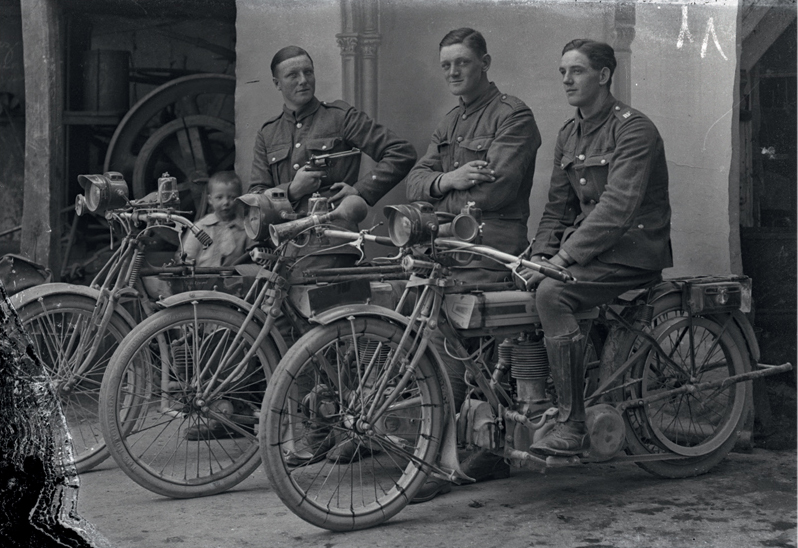
PLATE 86 Royal Engineers dispatch riders in Vignacourt – a typically humorous and informal Thuillier picture.
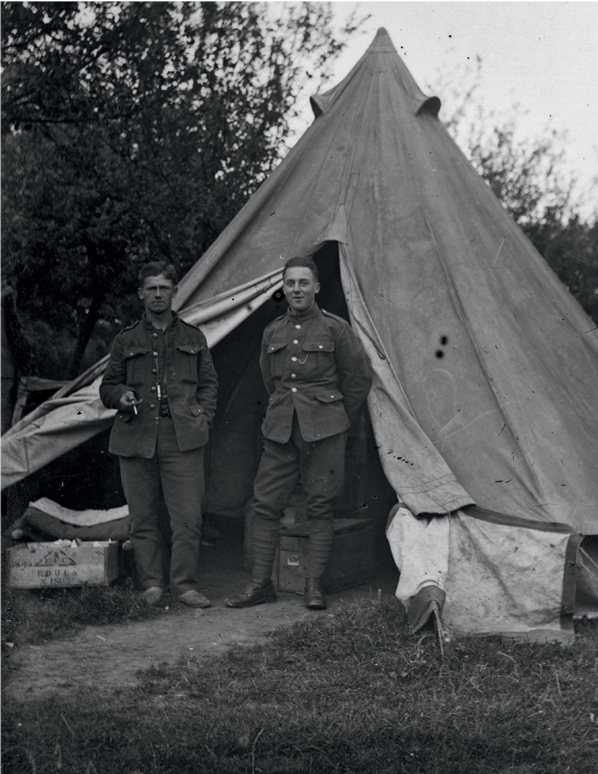
PLATE 87 A sergeant and a private soldier in front of their tent, probably at one of the many military camps.
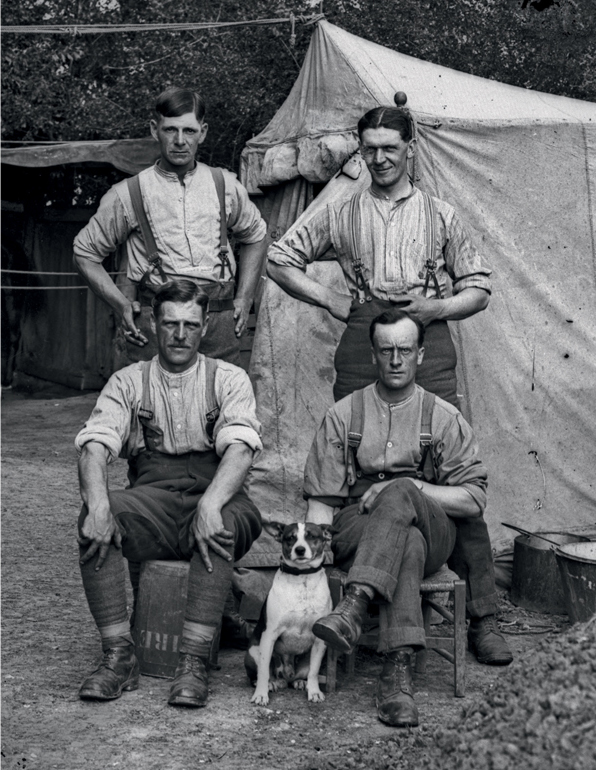
PLATE 88 These men have adopted a local dog.
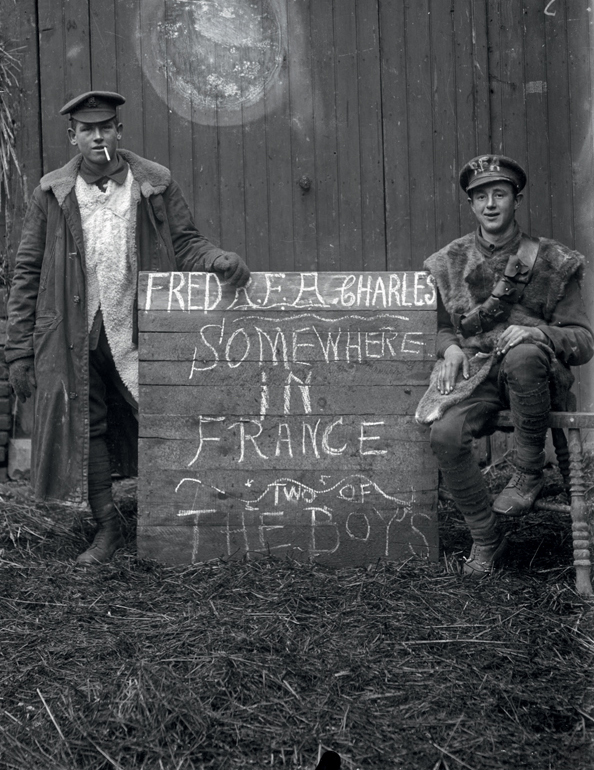
PLATE 89 Two British lads or the Royal Field Artillery – friends or perhaps brothers? – send a message home during the colder months on the Western Front – possibly leading into the winter of 1916–17. For reasons of security ‘Somewhere in France’ was all they were allowed to say about their location. They are wearing variations of the animal-skin vests the soldiers used to keep warm.
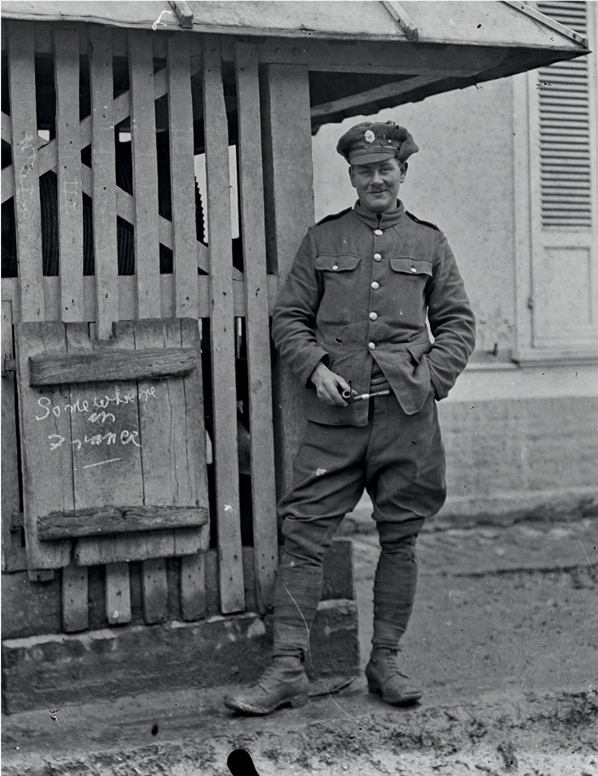
PLATE 90 A Royal Engineers private, ‘somewhere in France’.
WE ARE SEVEN
In 1798, the English Romantic poet William Wordsworth wrote a poem called ‘We Are Seven’, asking:
A simple Child,
That lightly draws its breath,
And feels its life in its every limb,
What should it know of death? …
In the poem, the questioner meets a little girl who initially seems to know very little about death because she appears to be in denial about the death of her siblings and she still sings and talks to them. It ends, though, with the notion that maybe the little girl knows more about death than the adult to whom she is speaking. The little girl refuses to be wretched about death or to forget about the dead, and she gets on with her life as happily as she can:
How many are you, then, said I,
If they two are in heaven?
Quick was the little maid’s reply,
O Master! We are seven.
But they are dead; those two are dead!
Their spirits are in heaven!
Twas throwing words away; for still
The little Maid would have her will
And said, Nay, we are seven!
Perhaps these seven young British soldiers posing in front of this sign simply did not realize the significance of their words in terms of Wordsworth’s poem, but is it possible they were sending a gentle message to their loved ones back home? That whatever happened to them in the war, they preferred their families not to become incapacitated by grief – or ever to forget them, just like the little girl.
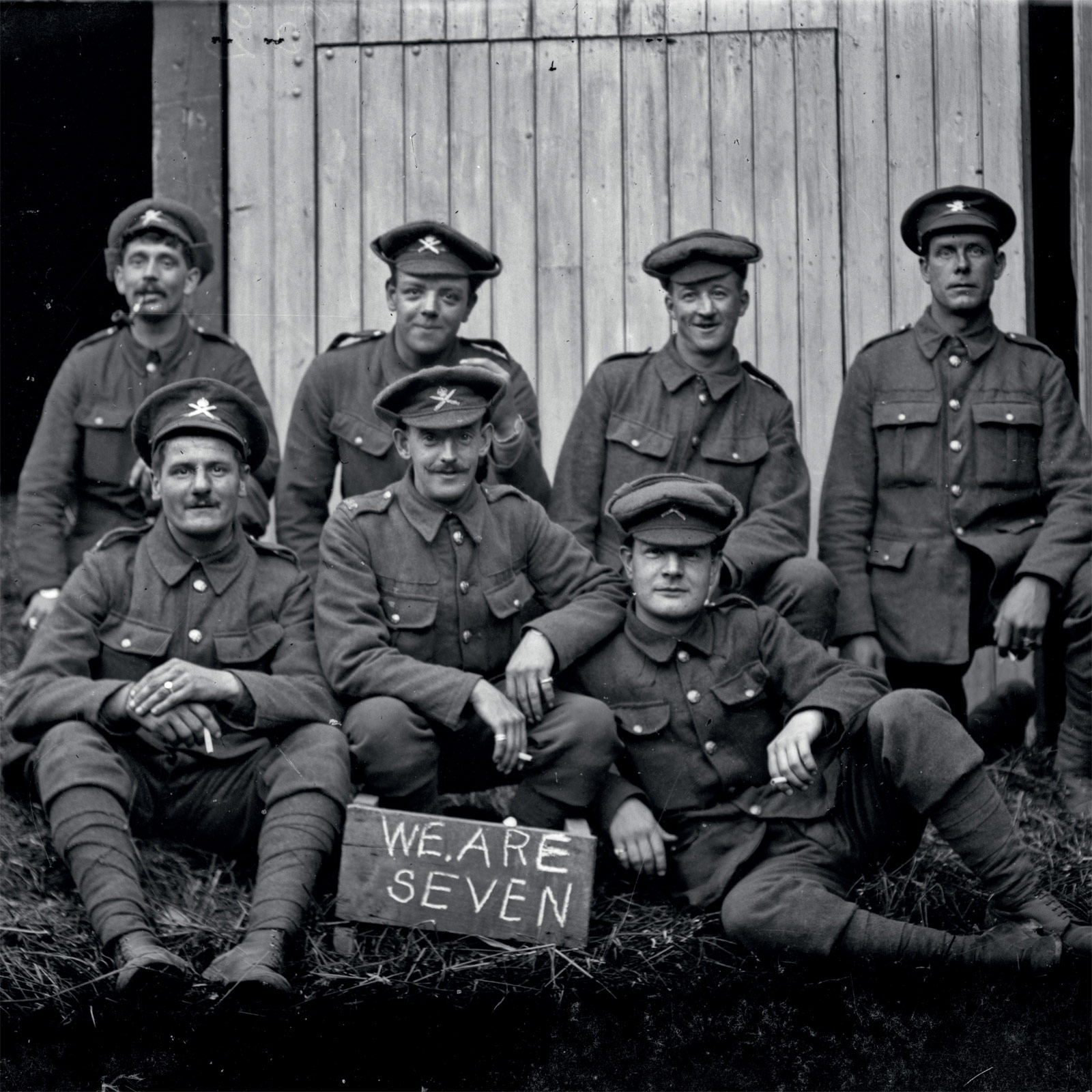
PLATE 91 ‘We Are Seven’ might be a reference by these soldiers of the Machine Gun Corps to a William Wordsworth poem of the same name.
Early in the war Vignacourt was designated as one of the main rest areas for Allied soldiers. An easy day’s march from the Somme front lines, it offered exhausted troops the opportunity to rest and revive themselves in the local bars, called estaminets, but it was close enough to allow an easy deployment back into the fighting. The town also had a large hospital and the engineers helped build a new railway siding that brought wounded men straight from the front. There was also a small British airfield (but most of the aviation casualties at Vignacourt came from the main Allied base at Poulainville). What made Vignacourt especially popular with the soldiers was that it had large bathing and resupply facilities for the soldiers. The military bath was one of Vignacourt’s main attractions. Soldiers filthy and lice-ridden from the front lines would be issued with a new uniform, which perhaps explains why so many of the soldiers in the images are not wearing the requisite regimental identification – because often they had only just been issued with fresh clothing. In the images below, the soldiers appear to have newly washed and combed hair, ready to have their photographs taken for loved ones back home; or perhaps they have just had a bath and been issued with a new uniform after weeks in the trenches.
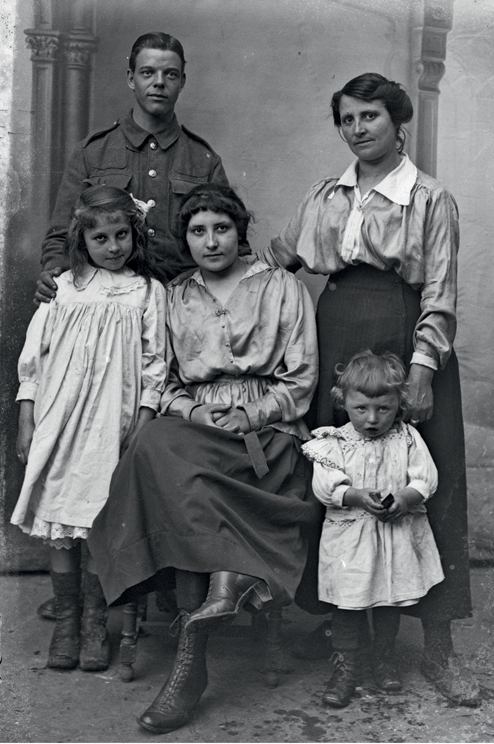
PLATE 92 This private with his clean uniform and freshly combed hair probably wanted a photograph to remind him of this French family who perhaps boarded him as a billet while he was behind the lines. Most of these French villagers never saw their British soldier friends again.
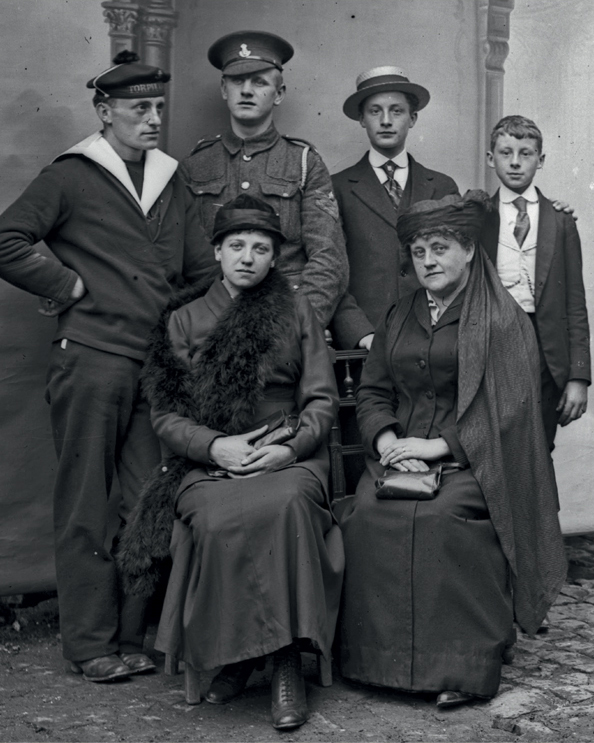
PLATE 93 A sergeant from the Durham Light Infantry with a French family and a family member or friend from the French navy. Perhaps the sergeant was billeted with them in Vignacourt.
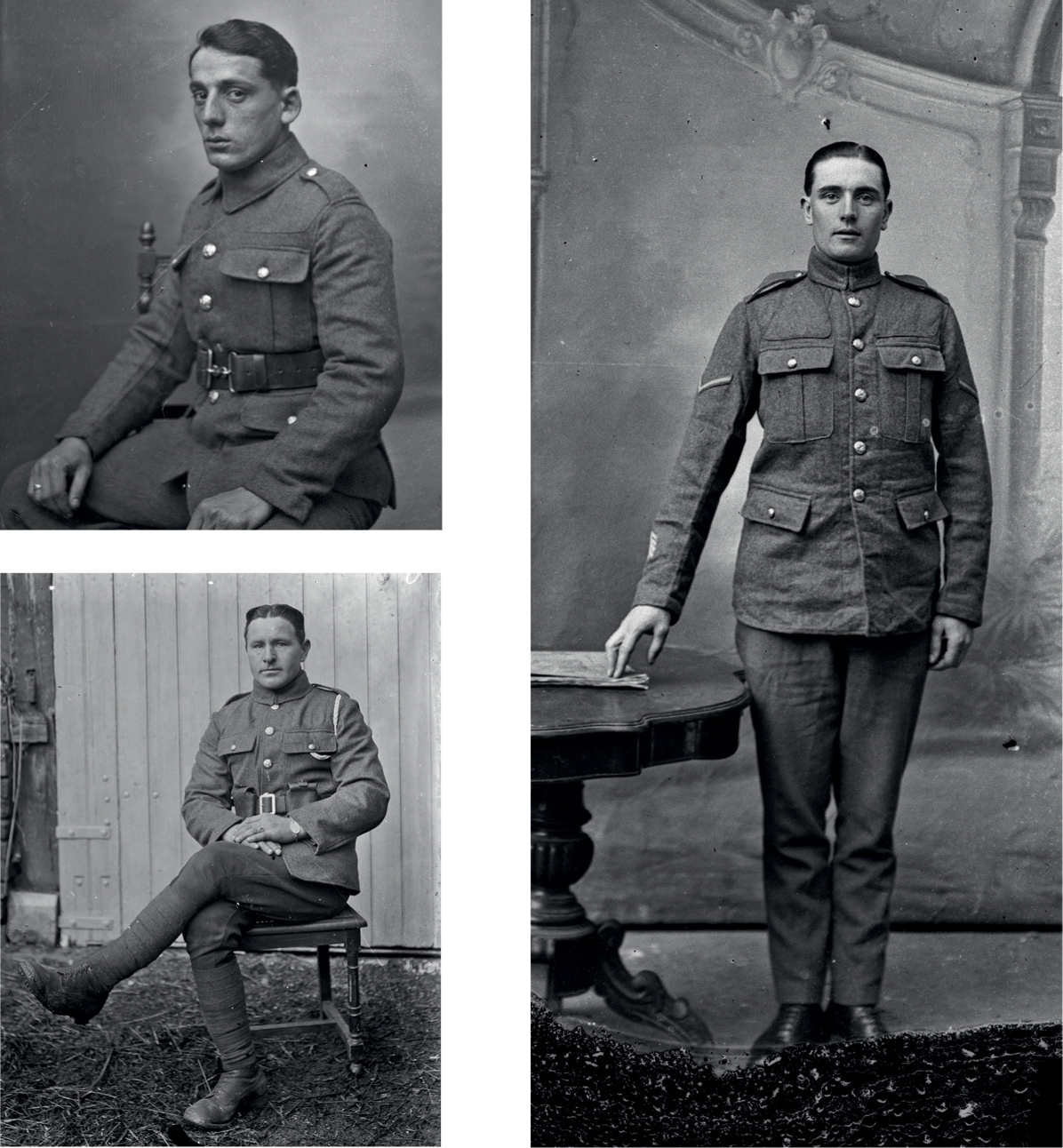
Vignacourt soon became a veritable United Nations of nationalities from across the British and French colonial empires. As well as soldiers from the French and British armies, including English, Scots, Welsh and Irishmen, there were Australians, Canadians, Moroccans and Nepalese soldiers all passing through, often sharing a glass of wine or two in the local bars.
The Chinese men in the Thuillier images were all non-combatants; while China joined the Allied nations in declaring war on Germany on 14 August 1917, the French government had earlier contracted their Chinese counterparts in May 1916 to supply 50,000 labourers – sadly, known by a racial slur as ‘coolies’. The British followed suit to form the Chinese Labour Corps (CLC) and the men from that corps are probably the Chinese nationals featured in these images since Vignacourt was a British base. They were prodigiously hard workers, labouring long hours every day digging trenches, transporting supplies and building and repairing roads and railways. They came mainly from Shandong Province but also from Liaoning, Jilin, Jiangsu, Hubei, Hunan, Anhui and Gansu. About 140,000 Chinese labourers served on the Western Front, several winning awards for bravery, and at least 2,000 (and probably many more) died during the conflict, mostly from the Spanish influenza epidemic at the end of the war. All were classified as war casualties and are buried in graveyards on the Somme battlefields.
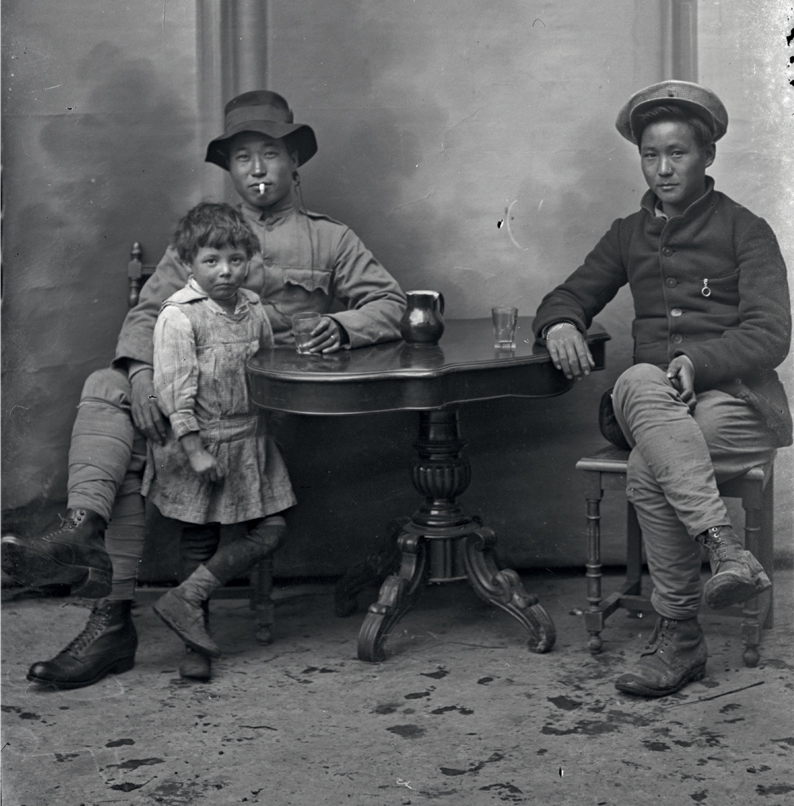
PLATE 94 Chinese labourers in a relaxed pose with a local child.
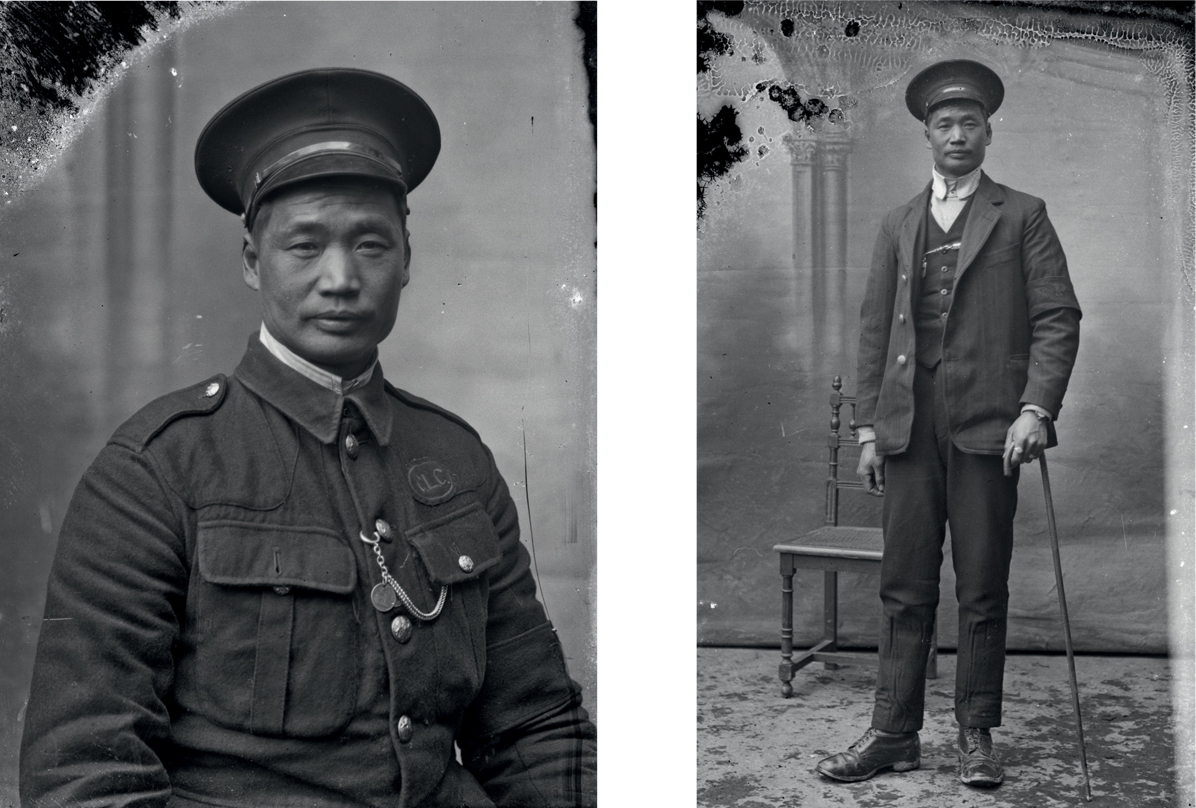
PLATES 95 – 96 A Chinese Labour Corps soldier with CLC insignia over his breast pocket and (right) the same soldier dressed in civilian clothes.
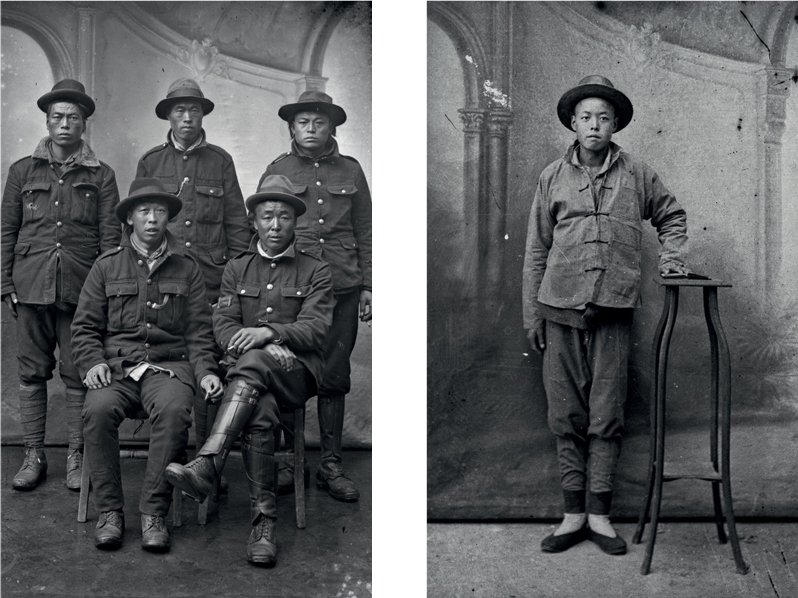
PLATES 97 – 98 Chinese labourers in Vignacourt.
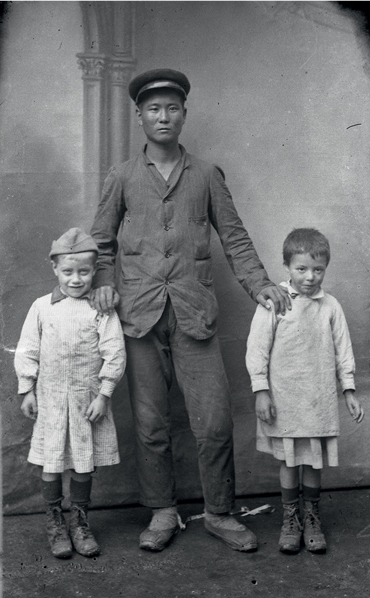
PLATE 99 A Chinese labourer with local children.
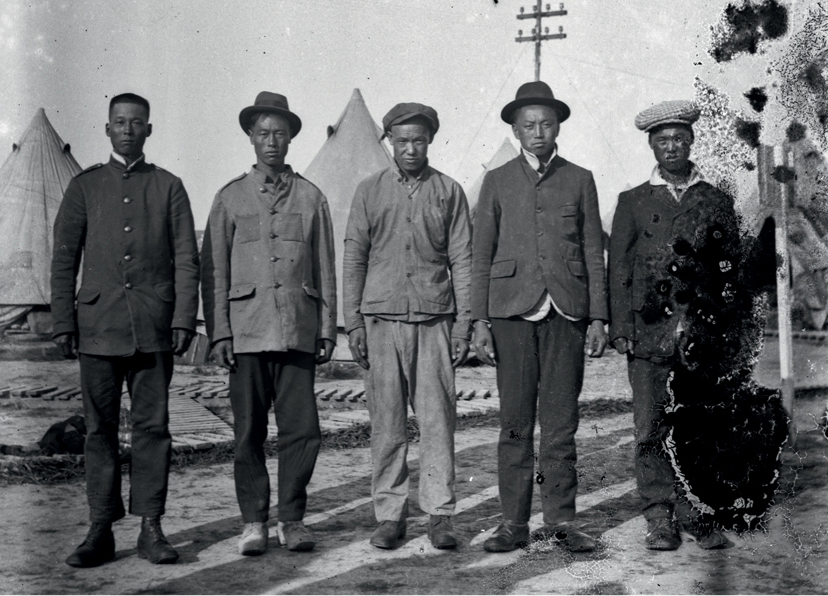
PLATE 100 The Chinese labour camp at Vignacourt.
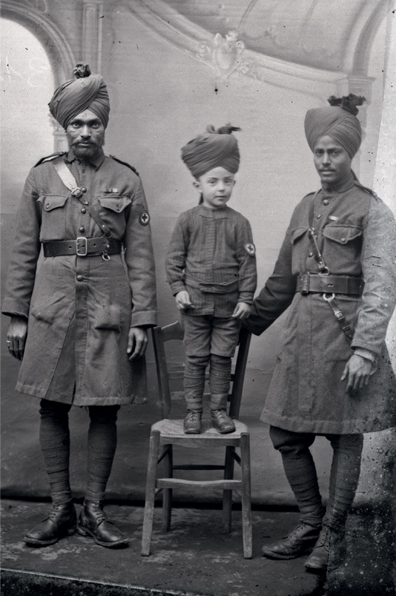
PLATE 101 A delightful picture of a child, probably Robert Thuillier, the photographers’ son, with Indian Rajput Cipaye cavalrymen.
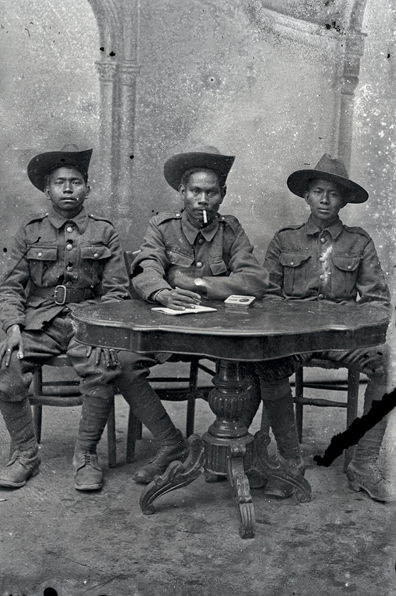
PLATE 102 Gurkhas from Nepal.
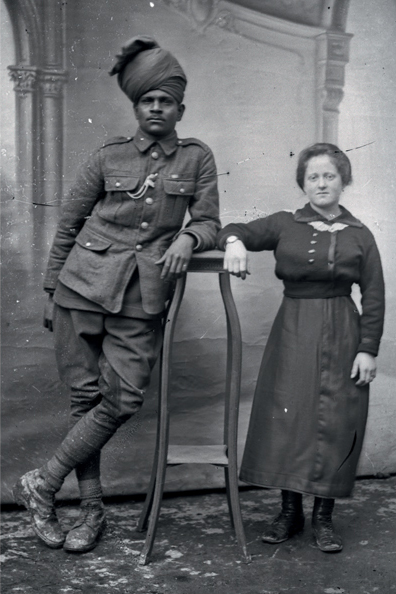
PLATE 103 An Indian cavalryman towers over a local lady.
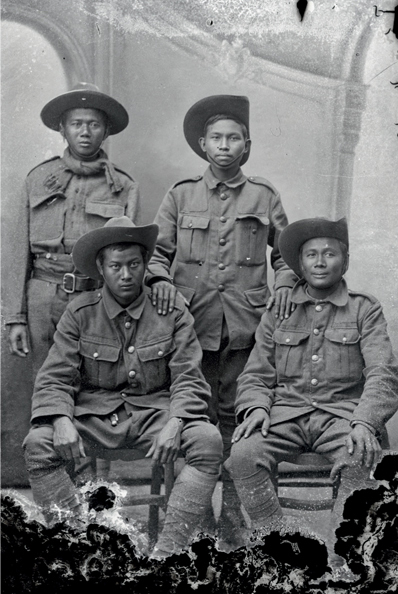
PLATE 104 Nepalese Gurkhas fix the camera with their trademark gaze.
The first Australians moved into the Somme valley in July 1916, and Vignacourt was soon full of the Australian diggers as well as British Tommies. Within weeks, the Australian and British soldiers from here would experience a baptism of blood just to the north of the river Somme at a town called Pozières. There were also large Australian camps very close by, at Pernois and Flesselles, and many of the diggers who appear in the photographs are likely to have walked several kilometres into Vignacourt from those camps to have their picture taken by the Thuilliers. One of the best descriptions of these rest towns appears in the book The Gallant Company: An Australian Soldier’s Story of 1915–18, by Harold R. Williams, in which he describes going to a rest camp at the town of Buire:
Its one main street was churned into mud with the ceaseless stream of transports and marching infantry passing to and from the line. Its inhabitants consisted of aged men, frightened looking children and women with care-lined faces … Every second house was an estaminet which dispensed vin blanc and vin rouge of dubious vintage. These places were open for troops only during certain hours … its immediate merit was that the Army here provided steaming hot baths … no words can describe the desire for it of men whose bodies and clothes were overrun with vermin and foul with trench mud … Dried, we went to the store and were issued with garments in lieu of those we had handed in. Sometimes this underclothing was new, but mostly it was the laundered and disinfected wear of others who had been through the baths. Invariably these contained the eggs of lice which survived treatment and eventually hatched out …2
So while it was a supply and support hub for the war effort, Vignacourt became a place primarily for rest and recreation – a sanctuary from the horrors of the war just twenty to thirty kilometres to the north-east.
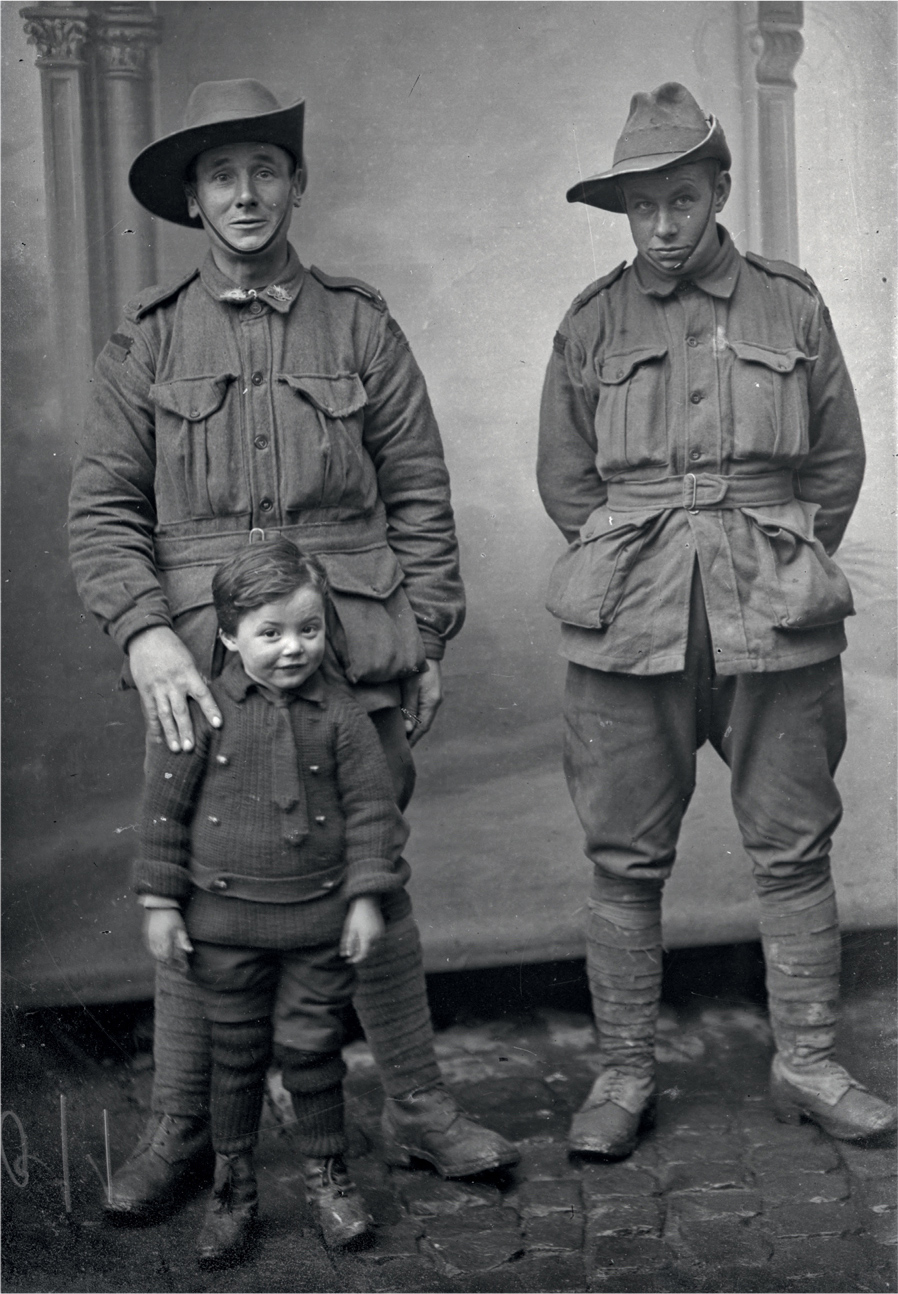
PLATE 105 Soldiers of the Australian 5th Battalion pose with Robert Thuillier.
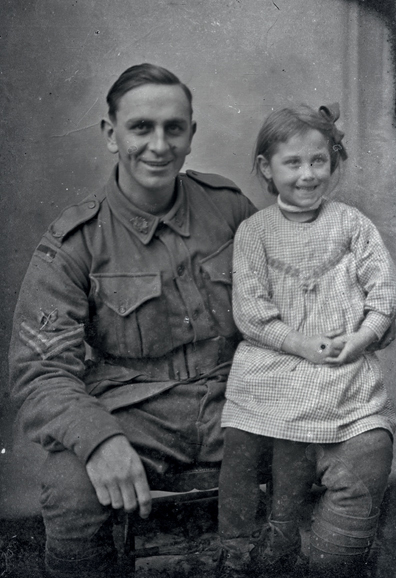
PLATE 106 A smiling Australian corporal in the Signals Corps sits a young local girl on his lap.
Unlike so many of the soldiers they photographed, Louis and his wife survived the war. Perhaps because he had been exposed to so many motorcycles during the conflict – there are many in his photographs – Louis indulged a passion post-war for motorbike racing and, ever one with an eye for an opportunity, in 1920 he became a dealer in army surplus. Judging from his attic, and the mountains of early motorcycle-racing magazines strewn around his photographic gear, it seems the Thuillier photographic plates were left exactly as they were immediately the war ended, forgotten until Robert Crognier first tried and then Laurent Mirouze succeeded in bringing them to the world’s attention decades later. There are no plates in the Thuillier collection beyond about 1919 or 1920, so it seems likely Louis and Antoinette wanted a break from photography after the war years.
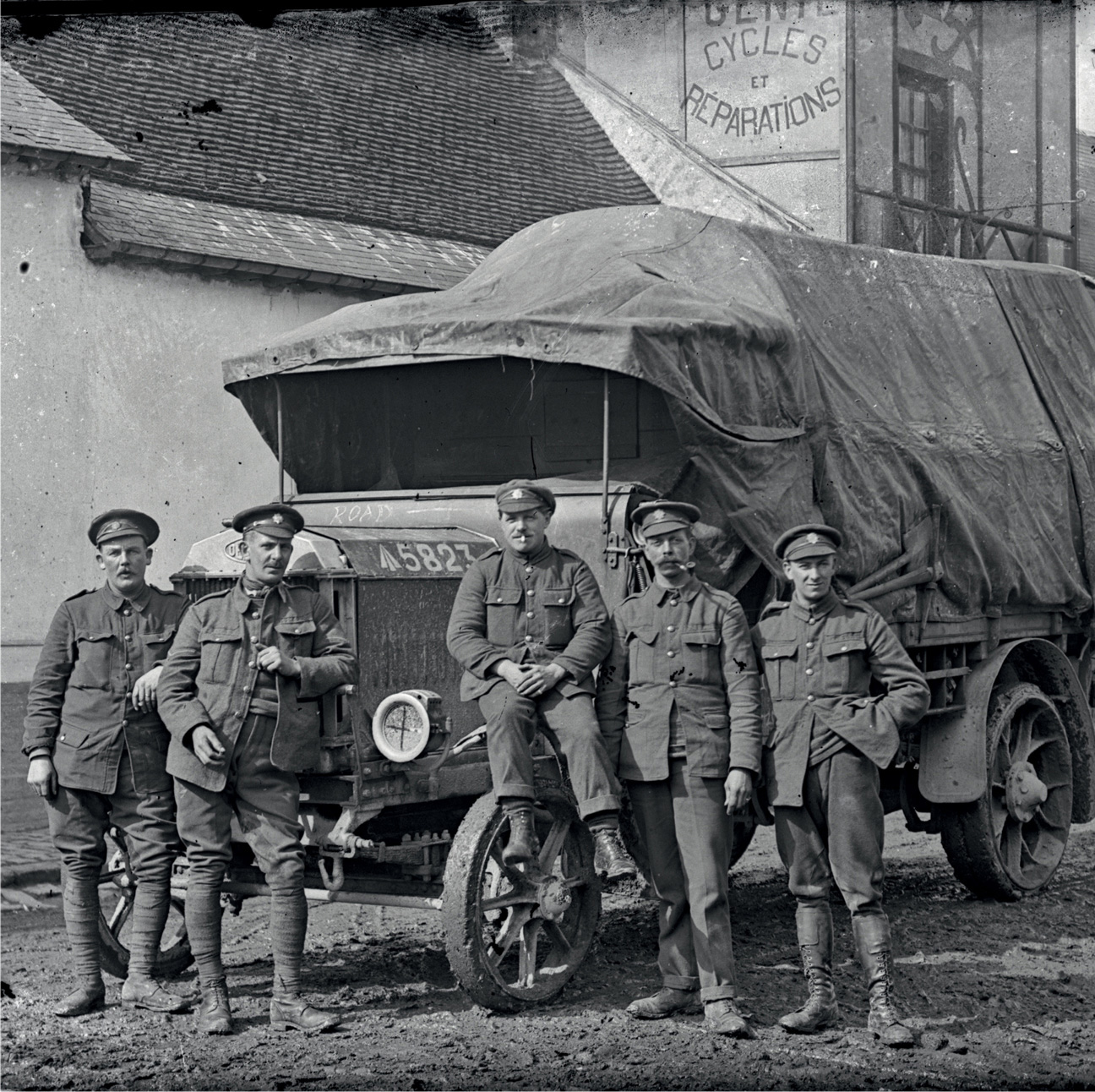
PLATE 107 British Army Services Corps soldiers with troop-carrier vehicle in the Vignacourt main street.
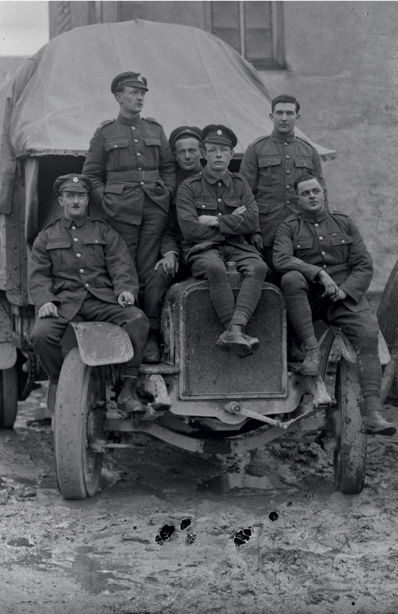
PLATE 108 Another image of ASC soldiers with troop vehicles in Vignacourt. The churned-up condition of the road is clear.
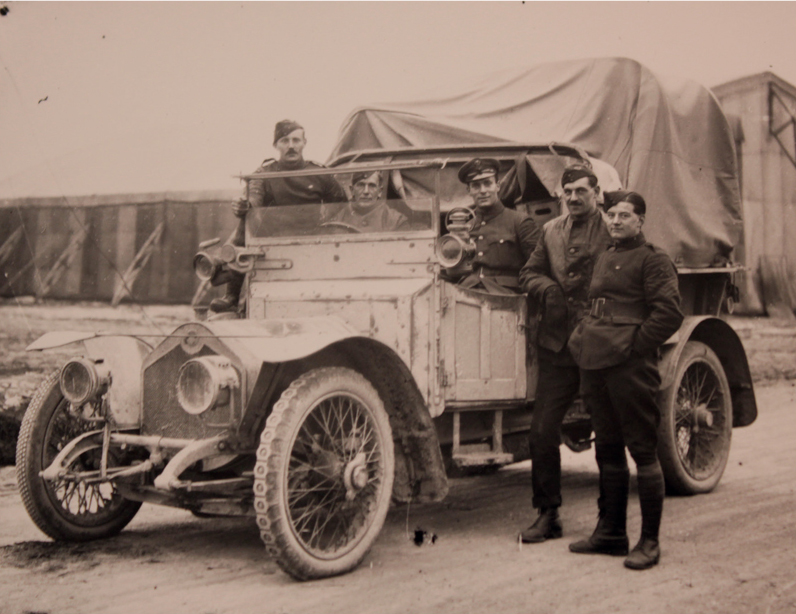
PLATE 109 British Royal Flying Corps soldiers outside the nearby aerodrome.
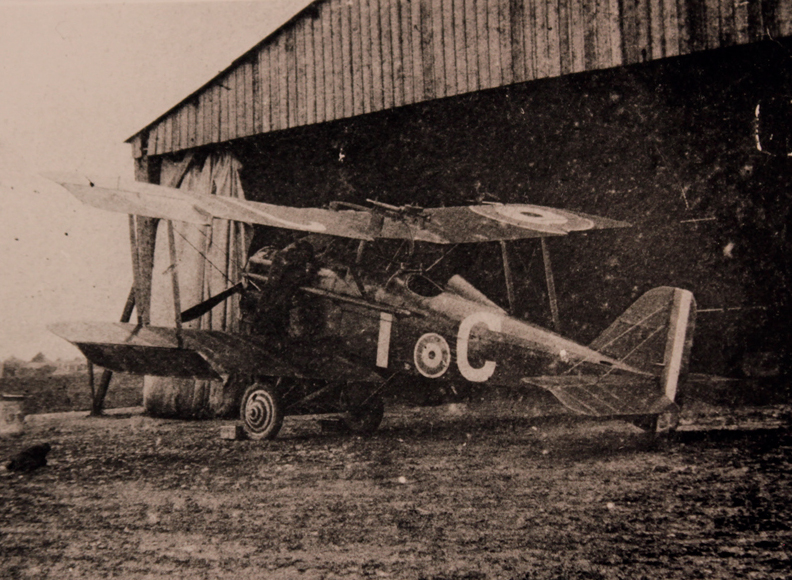
PLATE 110 A rare Thuillier image of the nearby British aerodrome at Vignacourt. This is a British Royal Aircraft Factory SE5 or SE5A biplane.
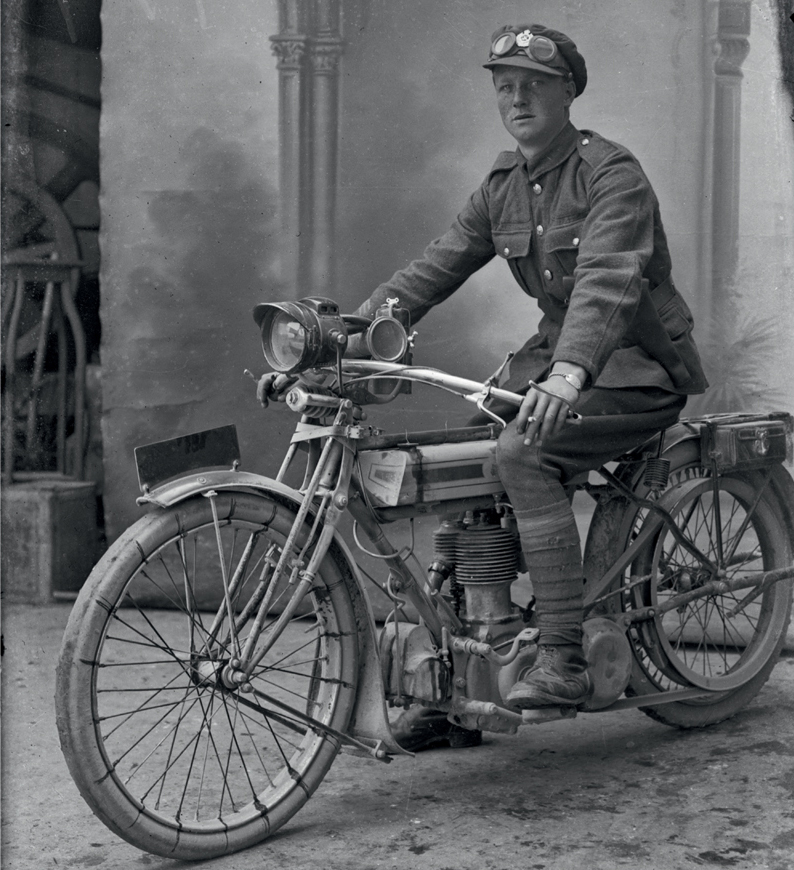
PLATE 111 A private of the Royal Engineers on his motorcycle. The chevrons on his lower right sleeve show he is in his third year of overseas service and date this image to January 1918 or later.
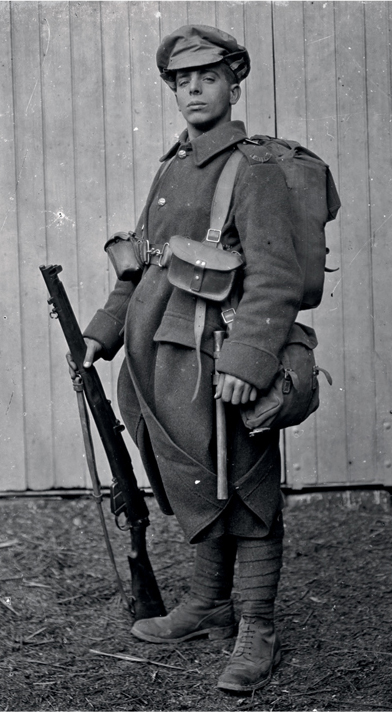
PLATE 112 A proud young Tommy from the Royal Warwickshire Regiment with all his kit.
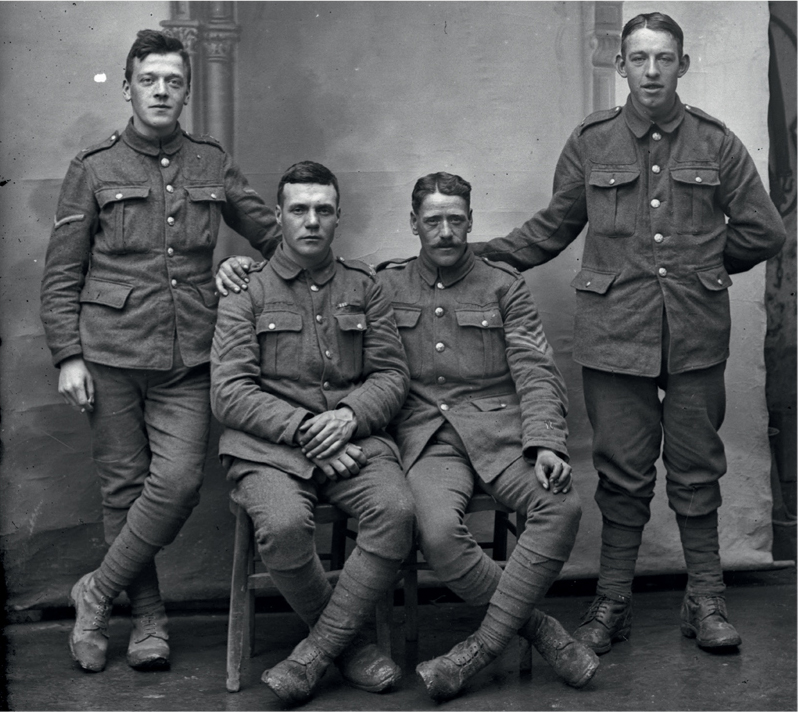
PLATE 113 Two seated sergeants (the one on the left has a Military Medal ribbon on his left breast). A corporal stands on the left and a private on the right, regiment unknown.
There is a tragic twist to the story of Louis Thuillier, related by his nephew Robert Crognier, in a letter he wrote to Laurent Mirouze shortly after they met, in 1989. For years after the war, Louis struggled with depression and, despite the concern and care of his family, he withdrew from them and sank into a deep despair. One early morning in January 1931, a furious knocking on the door of their house woke Robert’s parents. It was the husband of Louis’s sister, Louisa, who lived nearby. They were told ‘Louis Peugeot’ had committed suicide at the age of forty-four. He had shot himself in the head.
There is no one from the family who knows for sure what drove Louis to end his life. But it is entirely plausible that he was traumatized and pushed into depression by his own wartime experiences; tormented by the memory of the thousands of young men who went on to their deaths after sitting or standing before his camera in his Vignacourt courtyard. There was not the understanding back then that there is today of the effects of battlefield trauma on a human soul.
Louis’s suicide perhaps explains why the extraordinary photographic collection was placed in the family attic after his death and forgotten. For Antoinette, who lived until the 1970s, it may well have been too painful for her to recall this enormously creative period during the First World War when she and her husband lived such a vital and social life, welcoming soldiers from all over the world into their home, Louis often working well into the night to print the latest photographs.
The couple had two children, both boys, Robert and Roger. Robert was born in 1912 and features in many of the ‘Lost Diggers’ wartime pictures. Roger was born after the war, in 1920.
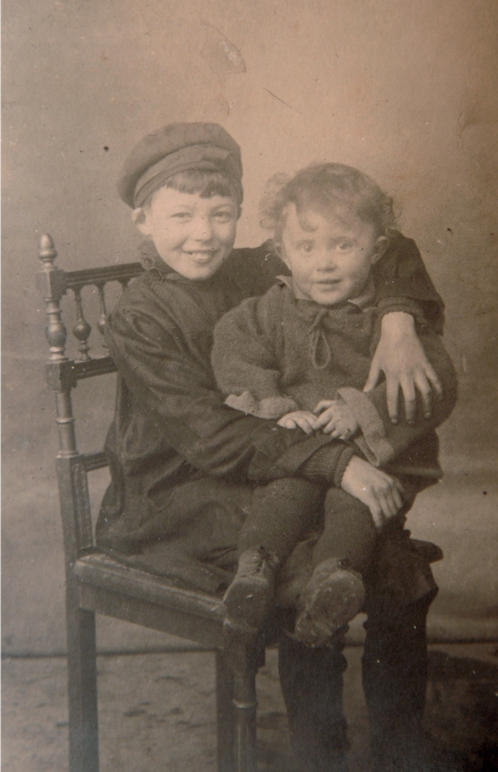
PLATE 114 A Thuillier family photograph – Robert and Roger Thuillier, after the war. (Courtesy Bacquet family)
For the many Allied soldiers, a child’s innocent face was doubtless a blessed relief after everything they had experienced in the trenches. The delightful, happy images of the town’s children sitting with soldiers suggests they clearly enjoyed playing with the troops, many of whom were fathers themselves.
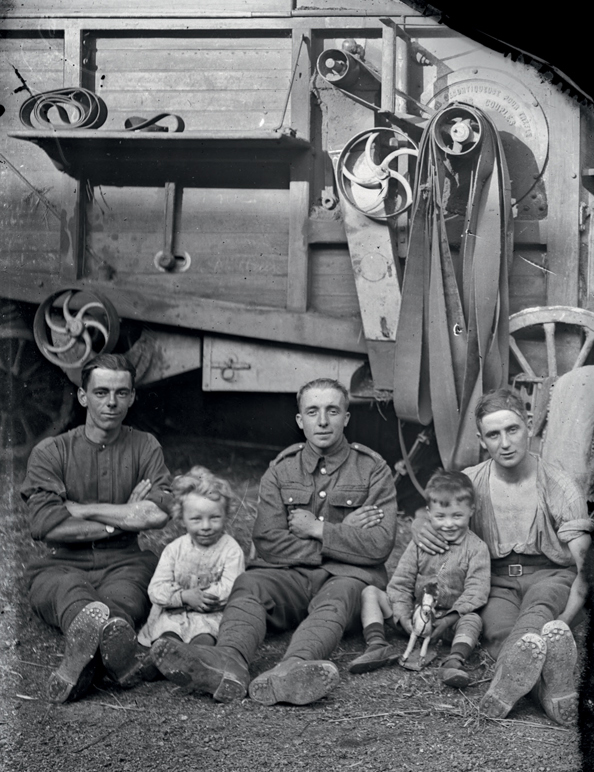
PLATE 115 Soldiers, possibly of the Army Services Corps, with Roger Thuillier, on the right, and another little friend.
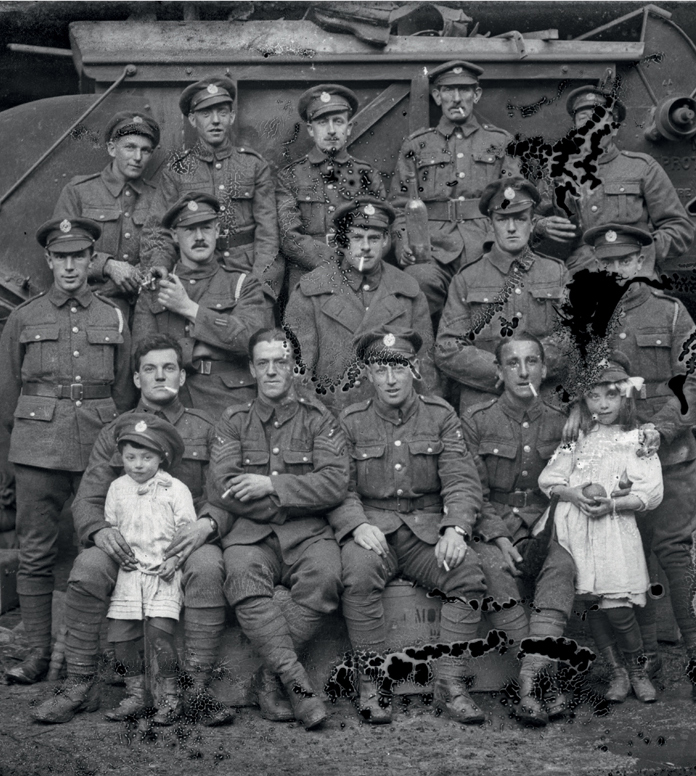
PLATE 116 A slightly damaged plate of Royal Engineers soldiers posing with a Thuillier child and another local.
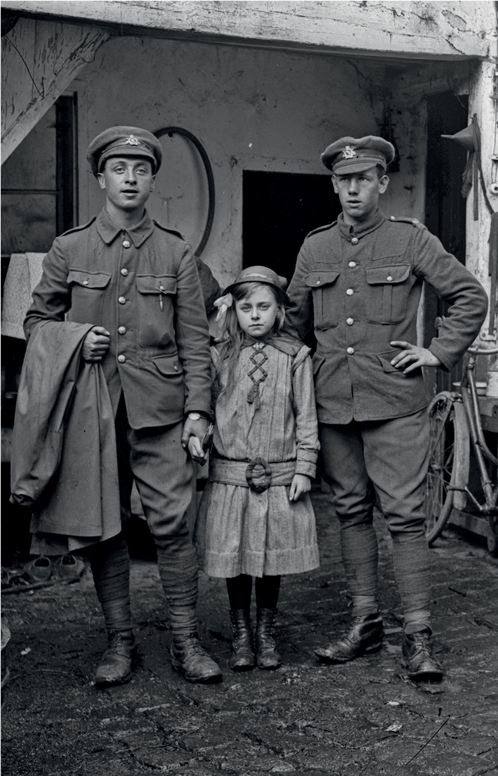
PLATE 117 Two Army Cyclist Corps privates with a young French girl.
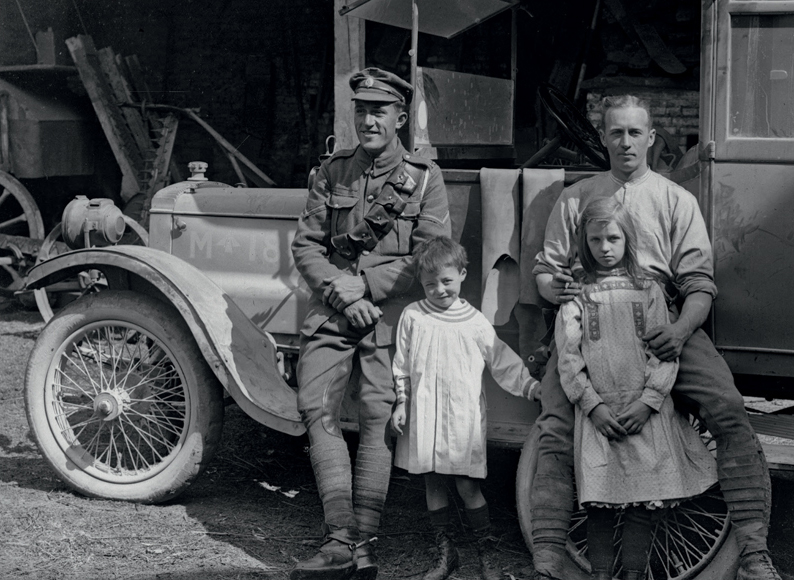
PLATE 118 An Army Services Corps lance corporal with bandolier and spurs, posing in front of a bus.
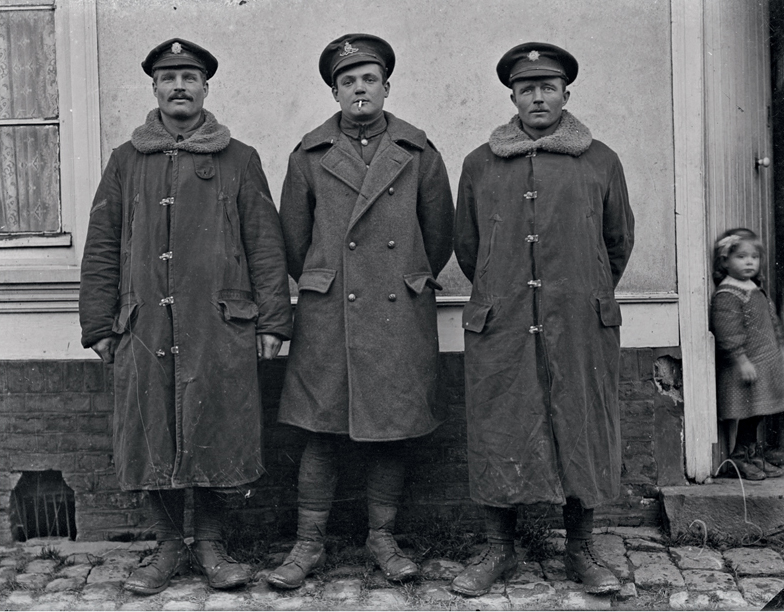
PLATE 119 A Royal Artillery Regiment soldier (left) with two Army Services Corps men, clearly in the winter.
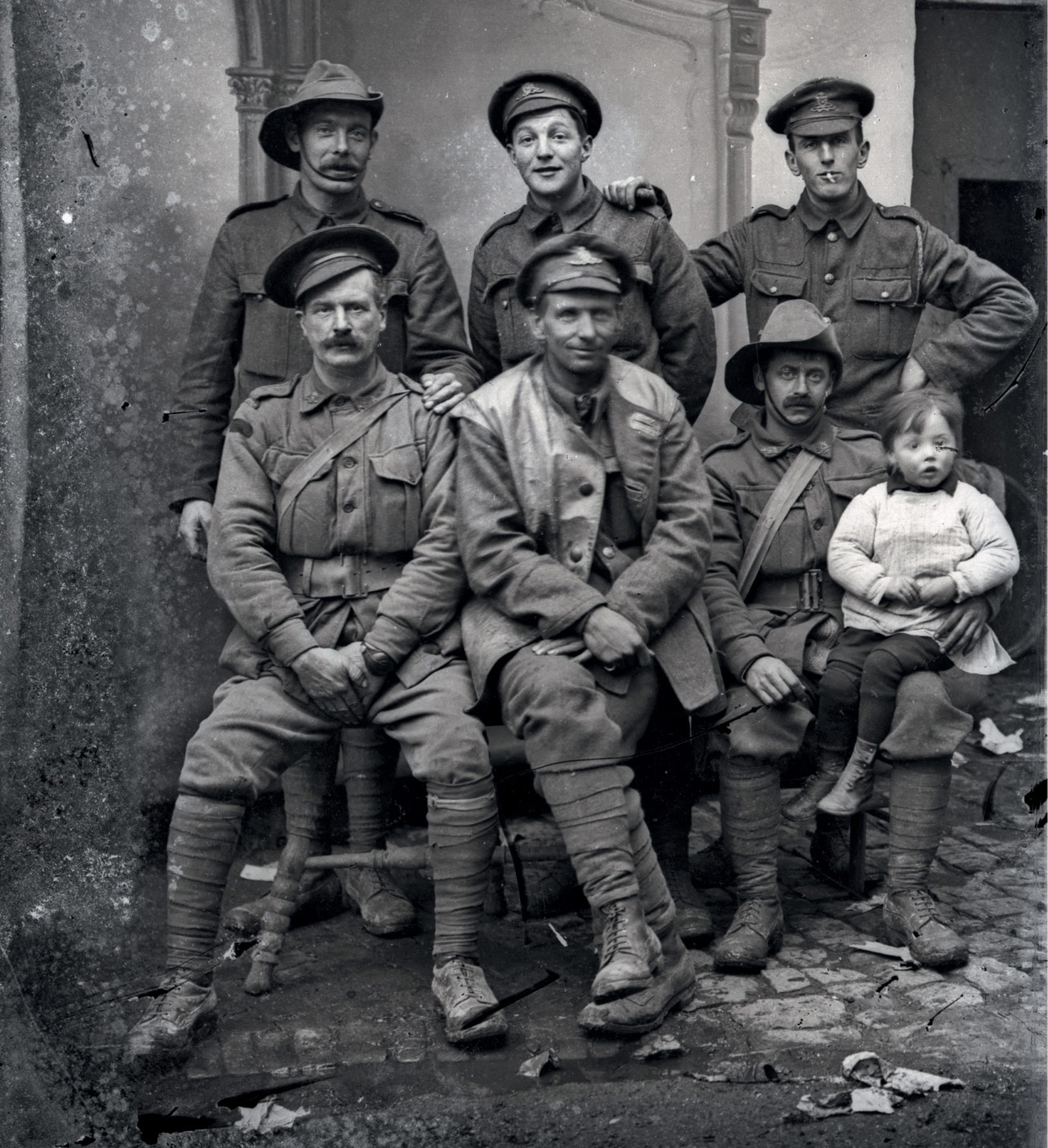
PLATE 120 A classic informal Thuillier image of three Royal Artillery soldiers with three Australian diggers and a young Thuillier relative.



